Queensland-headquartered Li-S Energy has secured funding from the Australian government to continue to develop and test its lightweight lithium sulfur and lithium metal batteries for use in drones with long endurance capabilities.
Li-S has been working with New South Wales solar cell maker HaloCell and Queensland drone manufacturer V-TOL Aerospace to develop a drone that integrates lightweight lithium sulphur batteries and advanced solar cells, allowing it to be deployed for extended periods without needing to land for recharging.
Li-S Chief Executive Officer Lee Finniear said the project, which aims to develop drones that could be used for a range of commercial applications, including surveillance and security in remote and regional areas, is an opportunity to demonstrate how the company’s lightweight lithium sulphur and lithium metal batteries can “extend UAV flight times and mission capability.”
Brisbane-based Li-S has developed a 20-layer battery cell utilising semi-solid state lithium sulfur battery technology. The company claims the new cell displays nearly double the gravimetric energy density and a comparable volumetric energy density to lithium-ion cells.
“The new GEN3 cells are currently demonstrating a gravimetric energy density in our laboratories of over 400 Wh/kg, and a volumetric energy density of 540 Wh/l,” the company said.
“In practical terms this means that our cells are now the same physical size as existing Li-ion batteries but half the weight.”
Finniear said the lightweight batteries, being developed at its production facility in Victoria, are well suited for aircraft applications.
The current project will see those batteries united with Halocell’s solar cells which are designed to maximise energy harvesting efficiency. The integration of these cells into the drone’s structure are expected to allow it to harness solar energy during day flight, supplementing the battery and significantly extending the aircraft’s range.
The project is one of 12 to receive funding as part of the second round of the federal government’s Emerging Aviation Technology Partnerships (EATP) program.
The 12 projects will share in nearly $13.5 million (USD 9 million) of federal funding to develop and deploy emerging aircraft technologies that will support Australian industries in the aviation sector.
Among the other recipients is Sydney startup AMSL Aero which received funding to continue testing of its hybrid electric hydrogen powered vertical take-off and landing aircraft.
Queensland-based Jabiru Aircraft was awarded a grant to help develop an electric motor and related control system, while Western Australian company Electro.Aero secured funding to develop a high-powered electric aircraft charger.
Stralis Aircraft has landed funding to continue its work to convert a small single-engine passenger aircraft into a hydrogen-electric aircraft for regional transport applications.
Author: Ken Braganza
This content is protected by copyright and may not be reused. If you want to cooperate with us and would like to reuse some of our content, please contact: editors@pv-magazine.com.
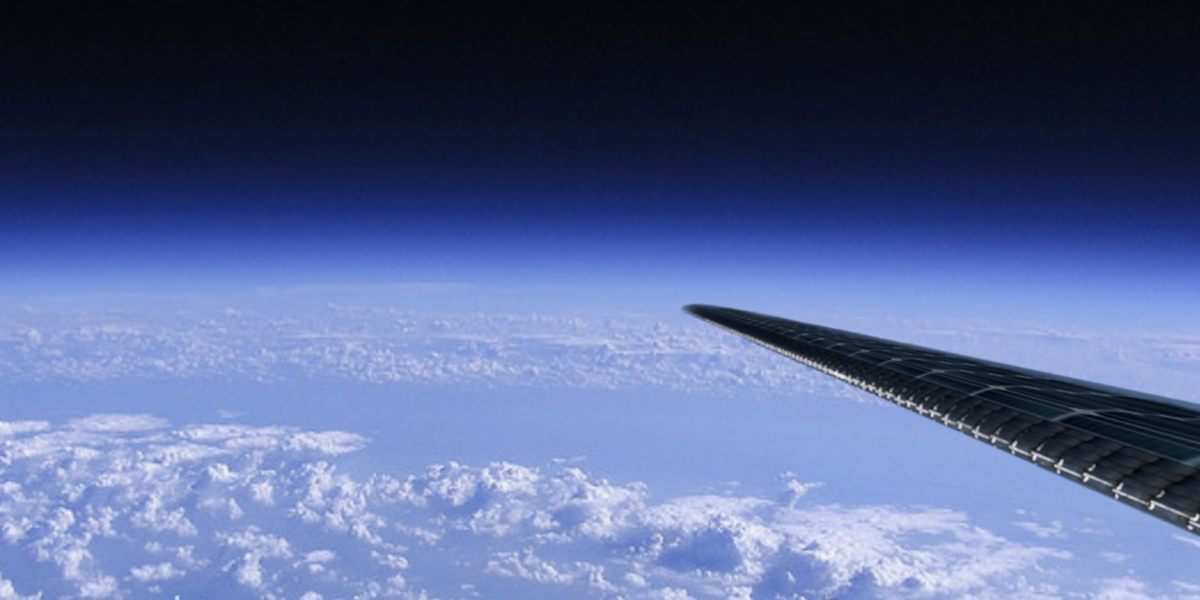
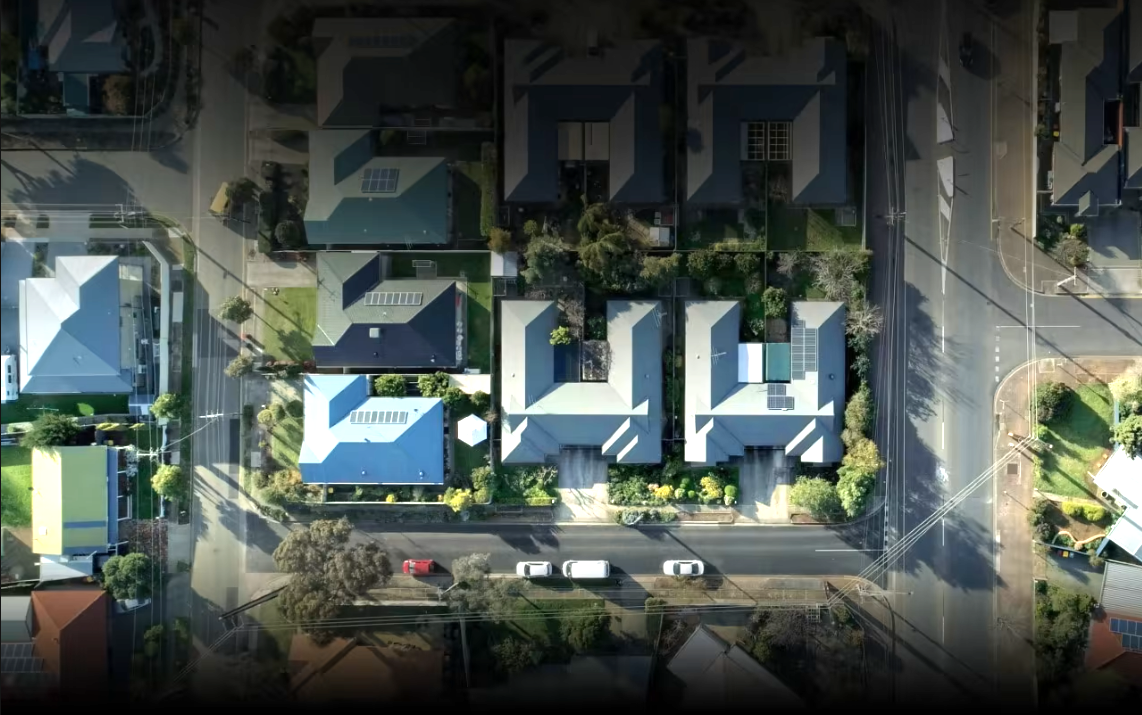

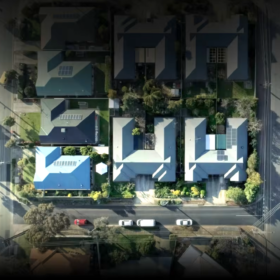
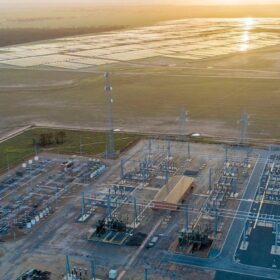
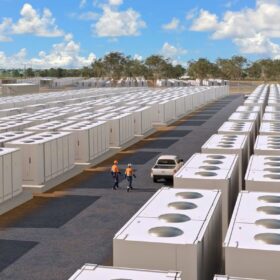
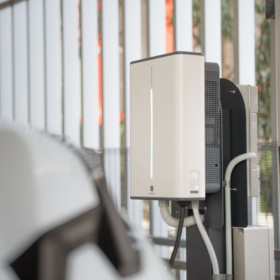
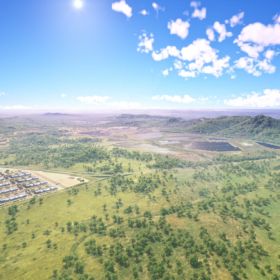
By submitting this form you agree to pv magazine using your data for the purposes of publishing your comment.
Your personal data will only be disclosed or otherwise transmitted to third parties for the purposes of spam filtering or if this is necessary for technical maintenance of the website. Any other transfer to third parties will not take place unless this is justified on the basis of applicable data protection regulations or if pv magazine is legally obliged to do so.
You may revoke this consent at any time with effect for the future, in which case your personal data will be deleted immediately. Otherwise, your data will be deleted if pv magazine has processed your request or the purpose of data storage is fulfilled.
Further information on data privacy can be found in our Data Protection Policy.